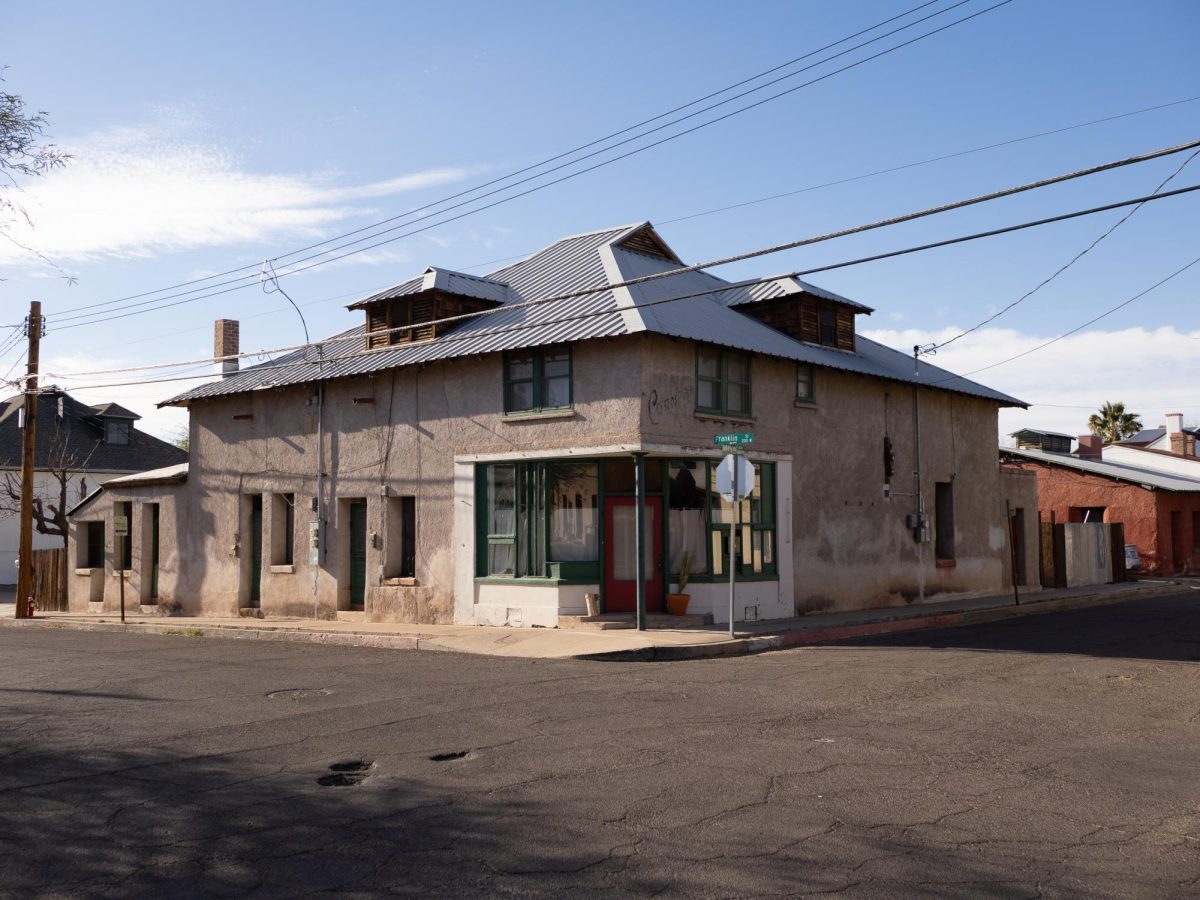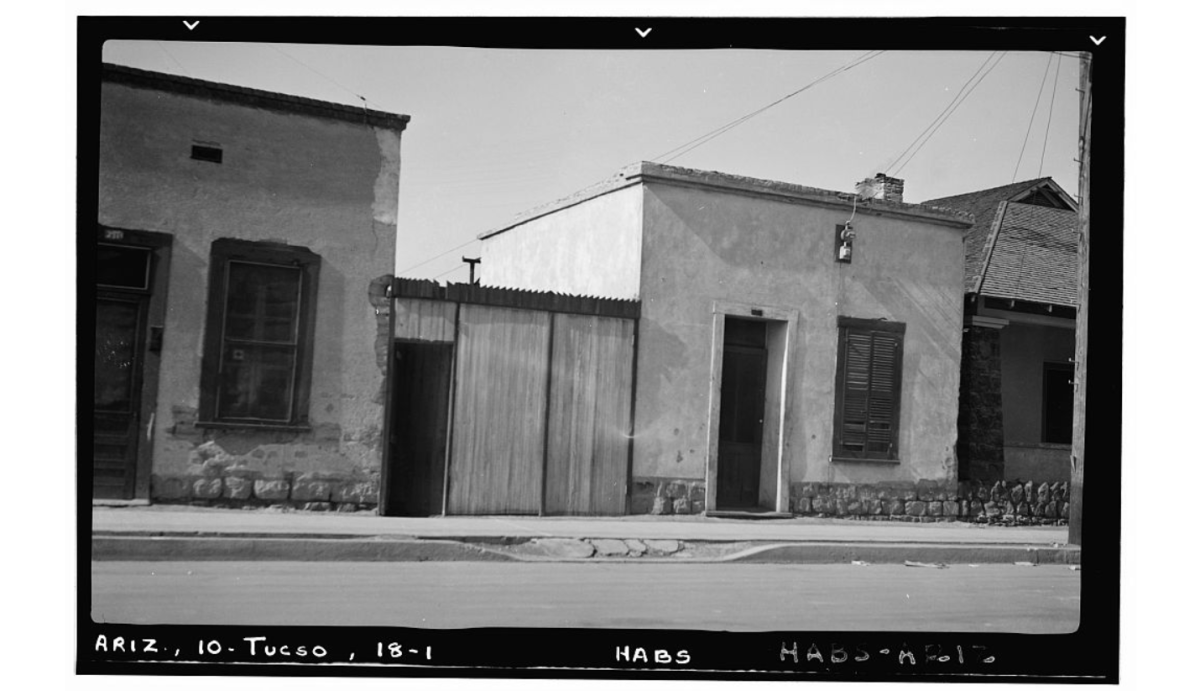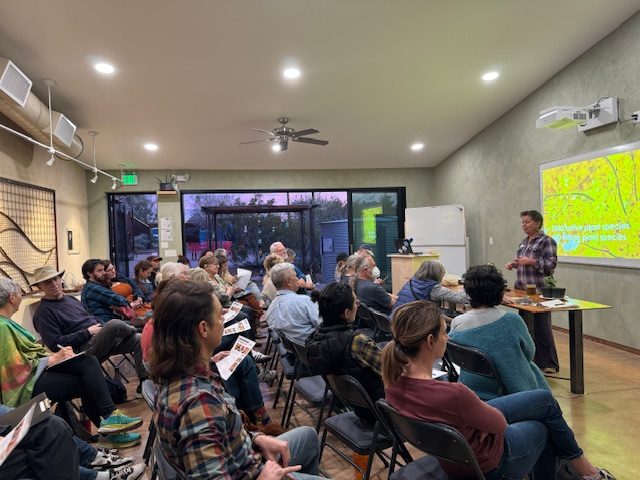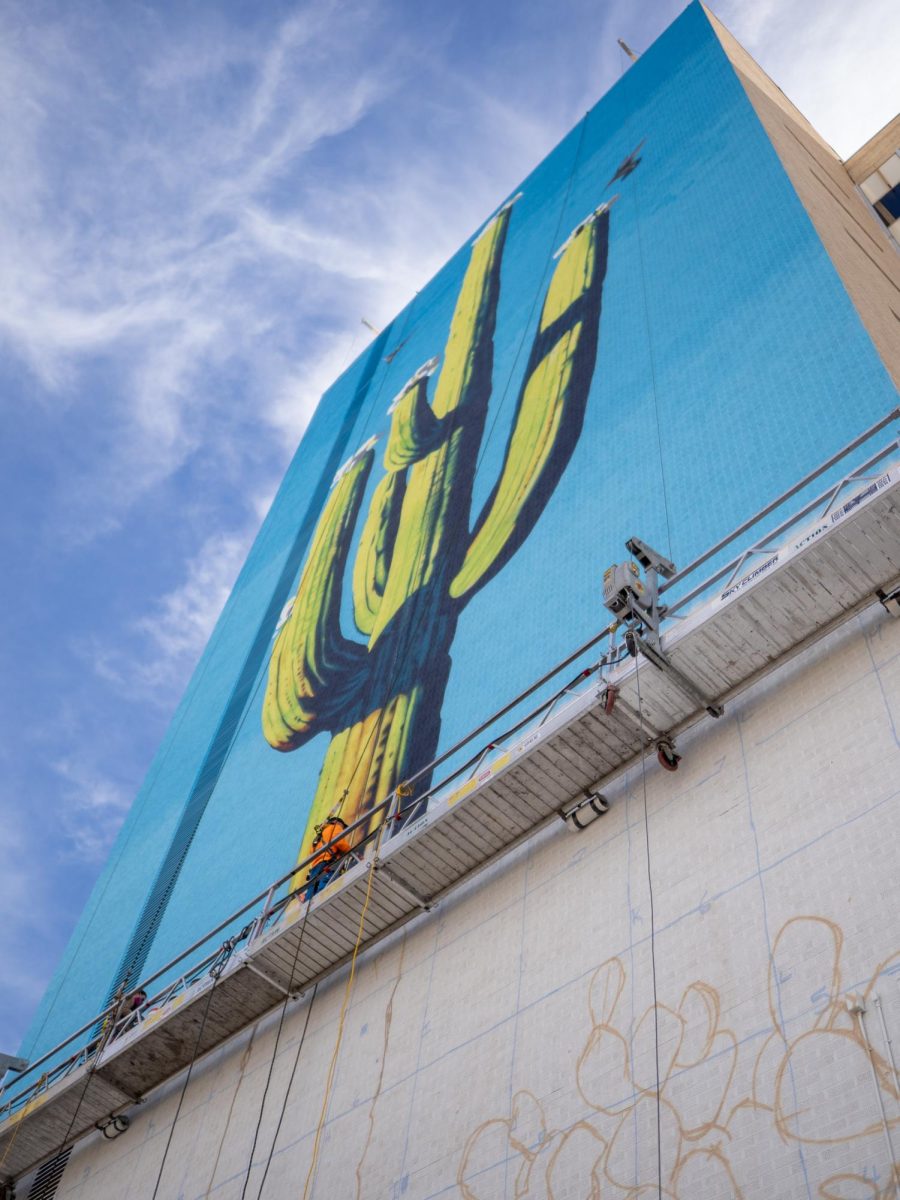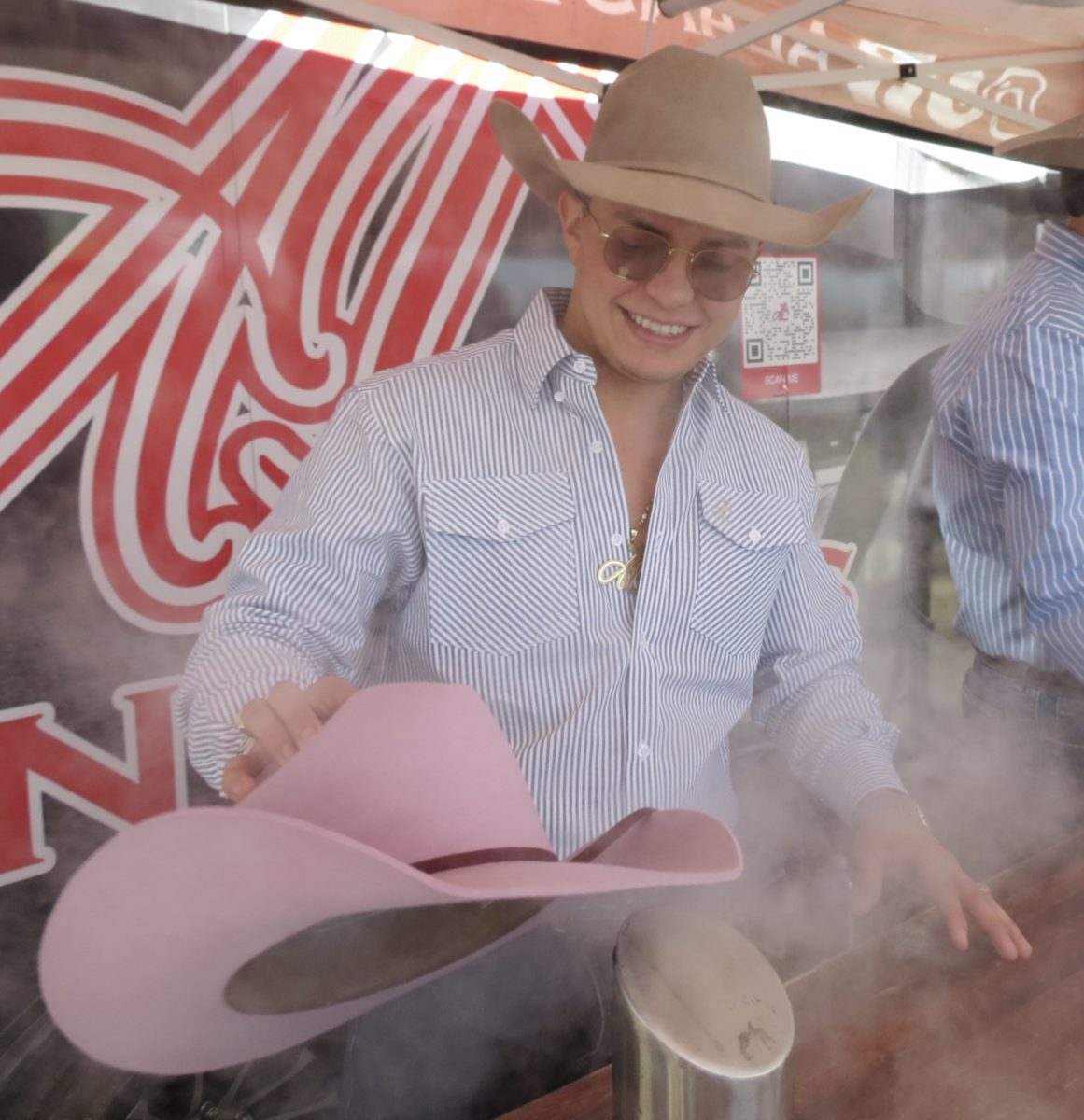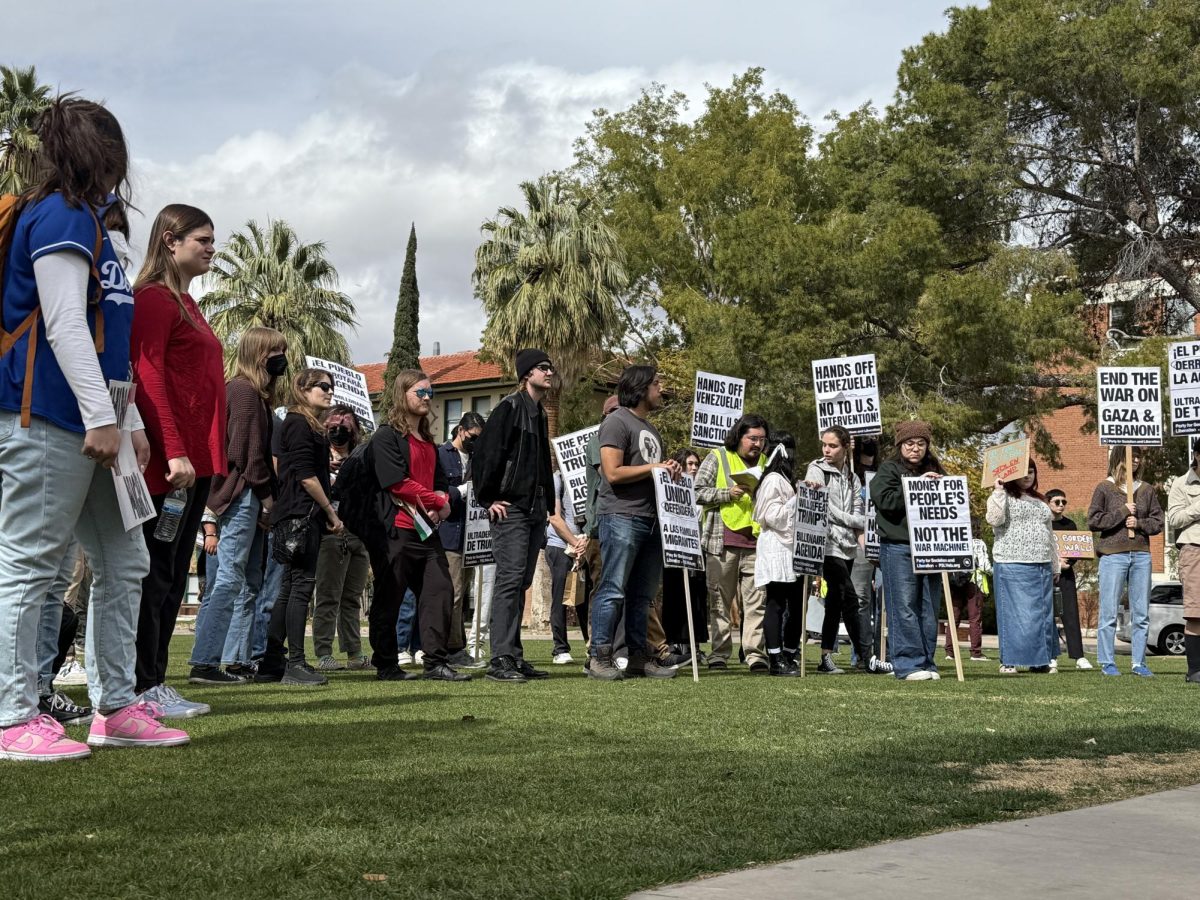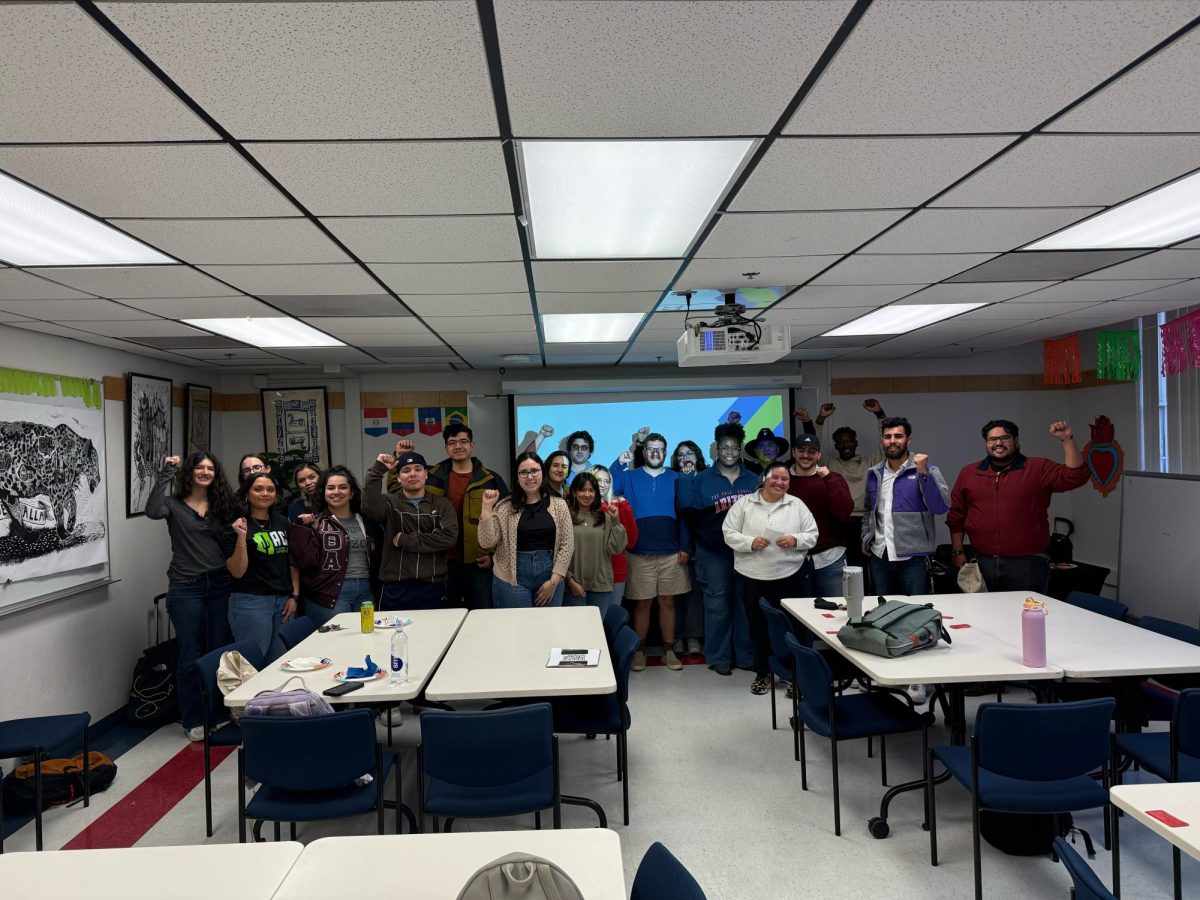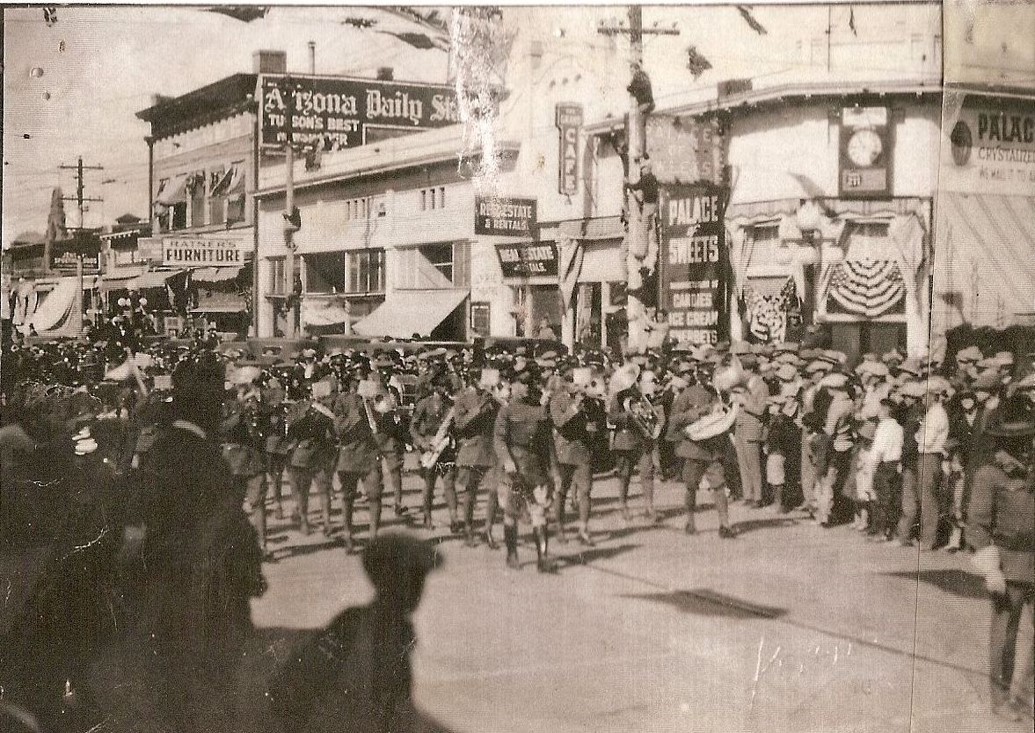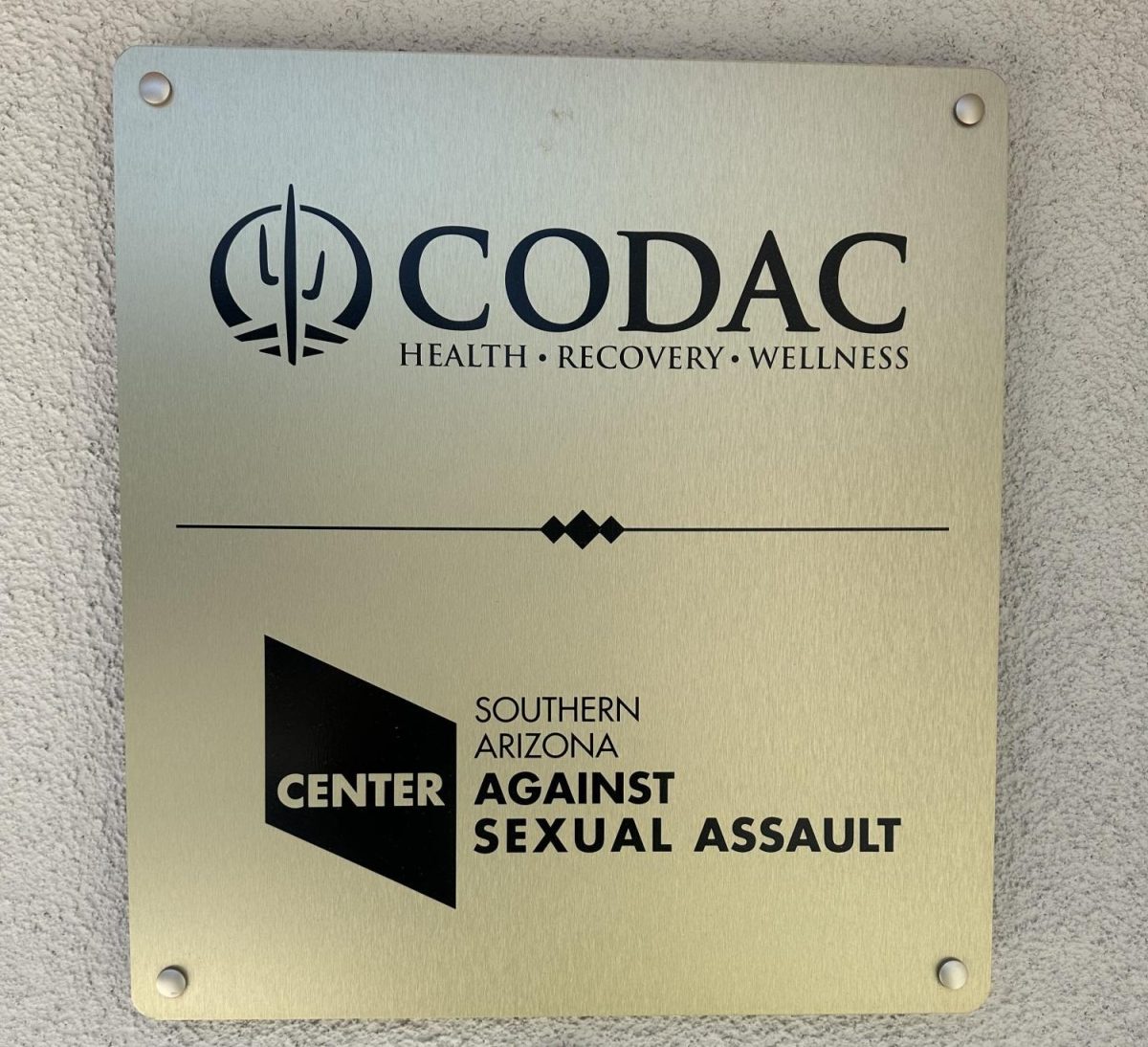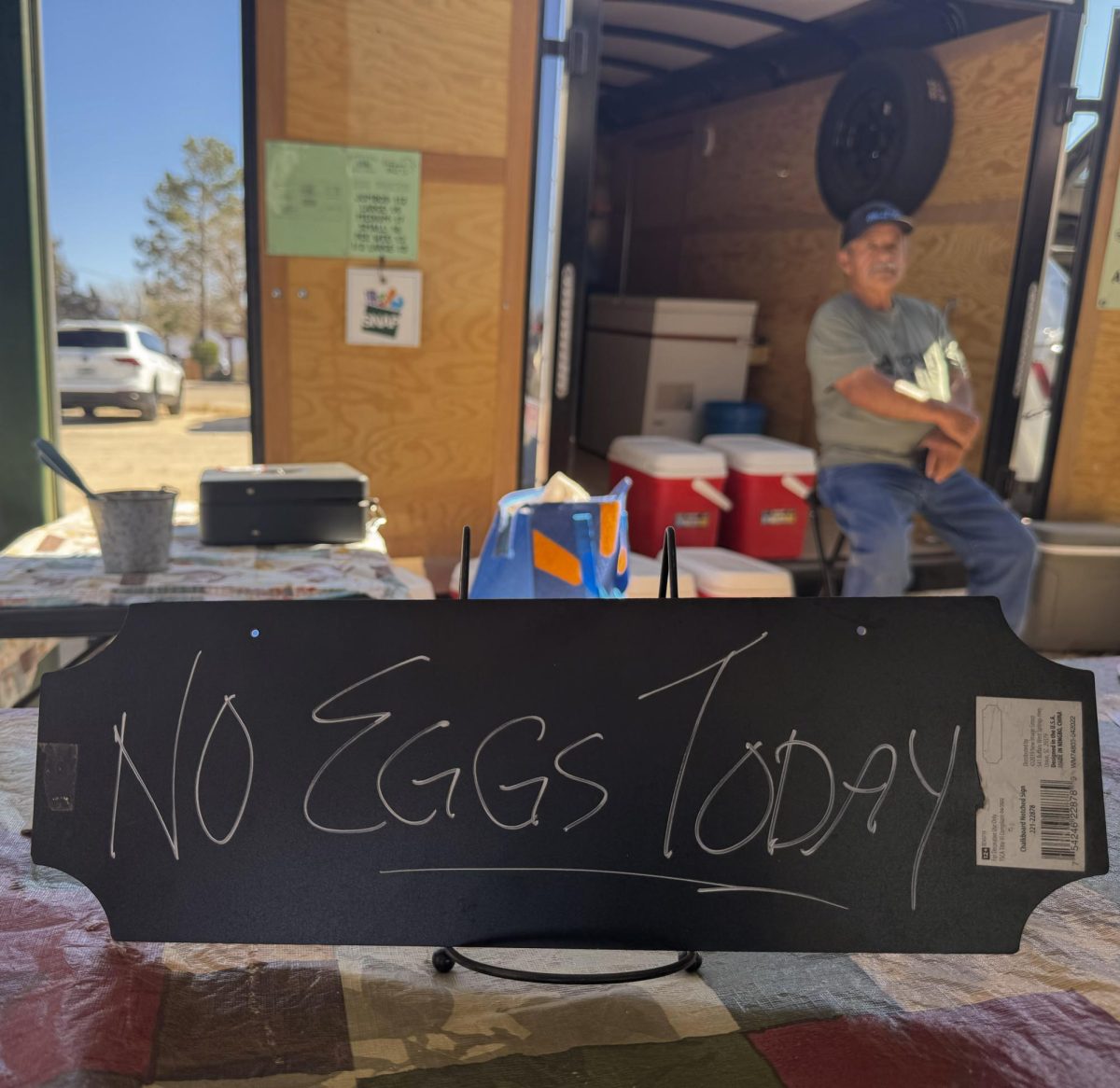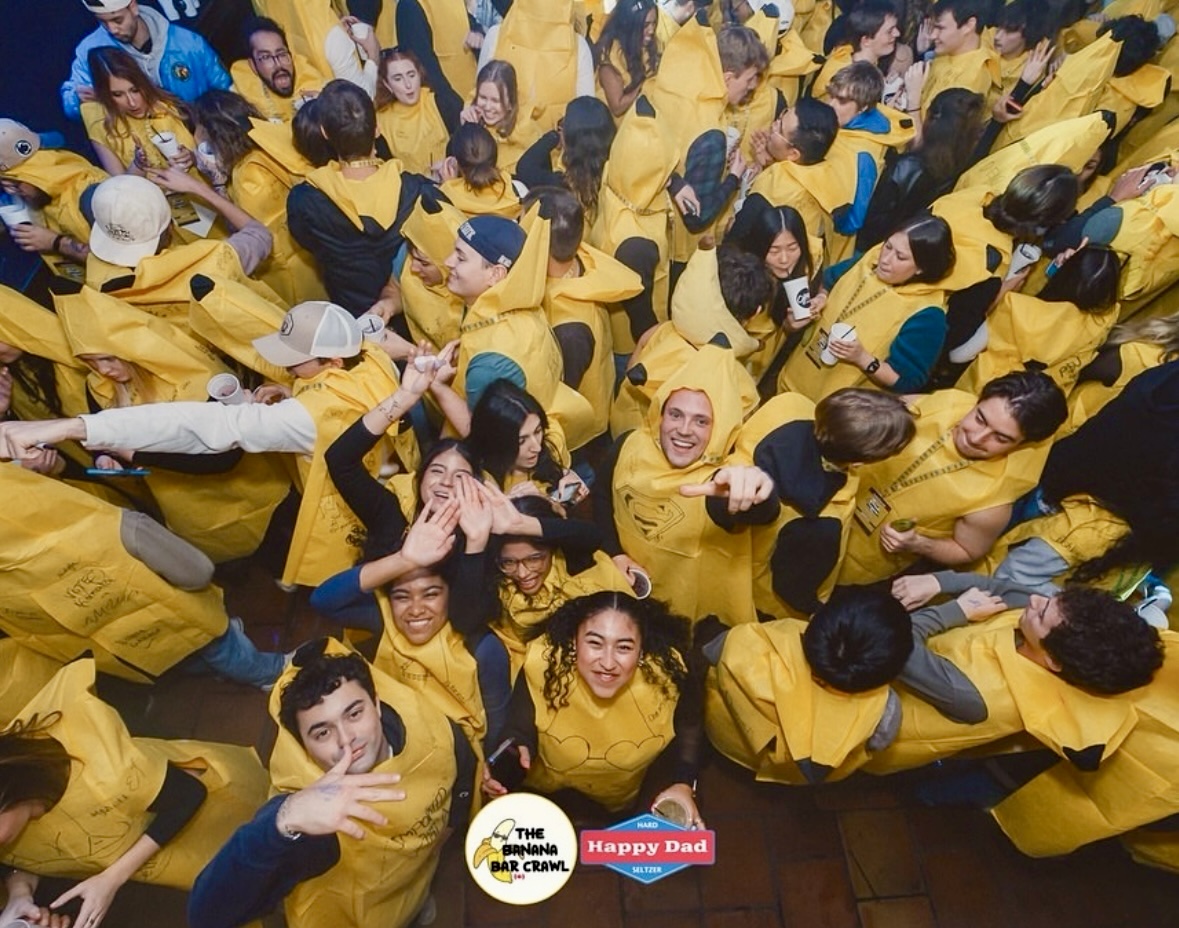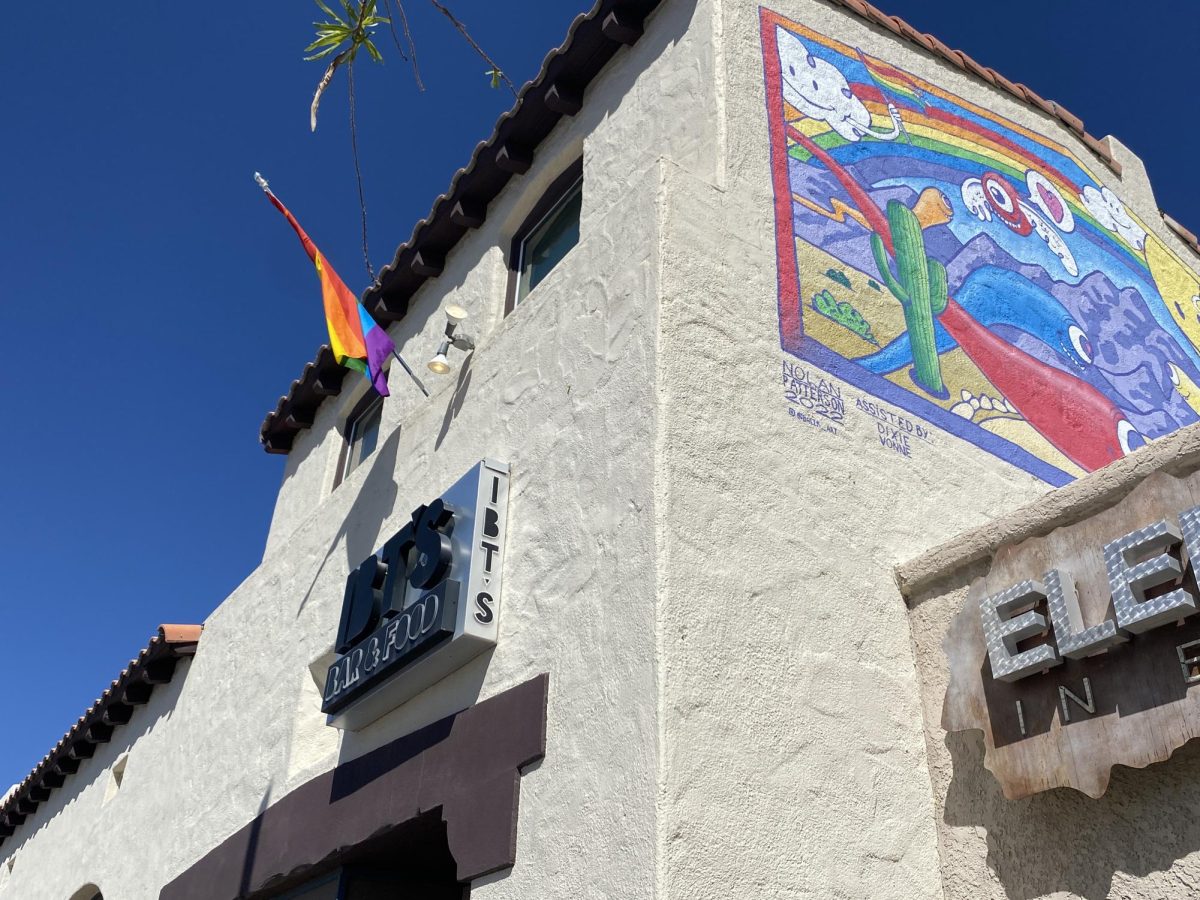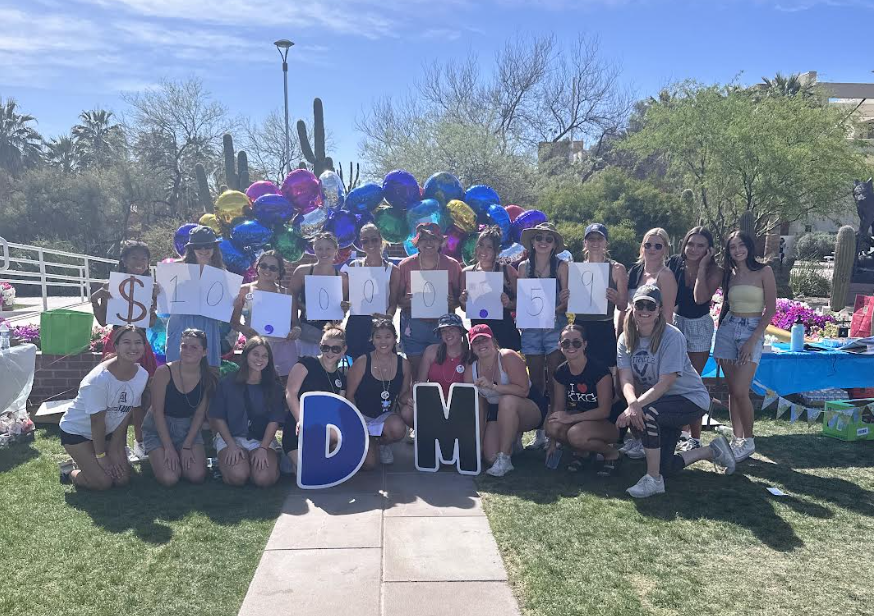Faded paint on the side of the adobe building lets you know what it once was: “Corner Market.”
Pedestrians stopped to take photos of the late 1800s building and its neighbors. Just beyond the southern edge, downtown towers loom over the El Presidio neighborhood. The other boundaries are marked by construction, the railroad and apartment buildings.
Down the street, the El Presidio Neighborhood Association held its annual council meeting at La Casa Cordova, an adobe building on the Tucson Museum of Art’s property at the southern end of the neighborhood, to confirm council positions, to discuss current events, projects, the future of their historic homes and, of course, to mingle.
El Presidio is one of Tucson’s oldest neighborhoods, named for the Presidio fort that had been founded there by the Spanish, but no longer exists. It is home to dozens of Spanish-Mexican style adobe houses built throughout the 19th century and into the early 20th.
This neighborhood and others in Tucson have been the victims of downtown development, entire blocks being razed and others slowly eroded in the name of economic development. Some say there has been little regard for culture or history in this process, such as the demolition of Barrio Libre, which was torn down in the 1960s to make room for the Tucson Convention Center.
Ken Scoville has been familiar with El Presidio for decades and worked as a tour guide in the neighborhood. He remembers how a newspaper described the destruction of one of the historical mansions in order to make more room for downtown buildings as a positive thing.
“That was considered progress at the time,” he said. But he believes “there’s still enough to tell the story.”
Tony Previti, who has lived in El Presidio for several years, said it was “depressing” to hear about the demolitions. Terri Vizzone agreed and said it’s necessary to hold on to the neighborhood’s culture and historic buildings “as long as they can.
Adobe, brick and stone buildings built prior to 1919 in the neighborhood situated north of Downtown and mapped in Sanborn Fire Insurance maps are some of the city’s oldest.
Half of those buildings are gone, and the remainder make up an even smaller percentage of the neighborhood that exists today.
The core historical district remains mostly intact, though filled in with newer buildings where there was room. Other blocks have been replaced by large office buildings, parking structures and lots, or by modern homes or apartments.
While half of the historic buildings still exist, many now house businesses: law offices, restaurants and stores.
Residents and those on the EPNA council, including descendants of those who had built the original homes, are working to maintain the character of the historical district as developers seek to make use of the area’s economic potential.
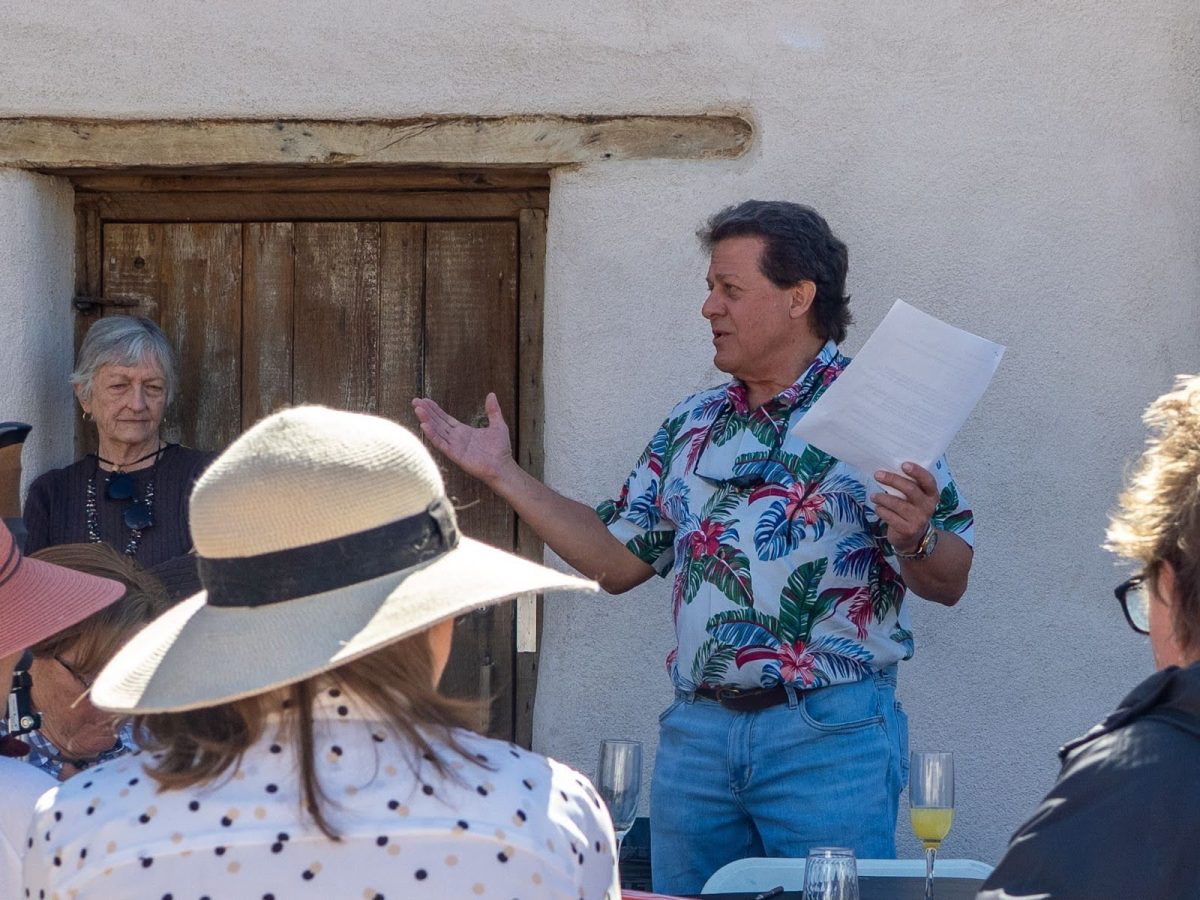
Guy Dobbins, Co-President of the El Presidio Neighborhood Association, speaks to council members and residents at the EPNA annual meeting at La Casa Cordova in Tucson, Ariz. on Feb. 23, 2025. (Photo by Noemie Pichevin)
Guy Dobbins, the co-president of the EPNA has lived in El Presidio for just under five years. He said the association looks for “appropriate development where there is a development opportunity,” in order to stay consistent with the character of the neighborhood.
A new apartment construction, planned for the northeastern block of the neighborhood, would have its buildings step down in height as they approach the center of the neighborhood, according to Dobbins. This is the sort of compromise that the EPNA is looking for to allow development while limiting harm to the character.
One of the main topics of discussion at the meeting of Sunday, Feb. 23, was Activate El Presidio, an ongoing project looking to intertwine the culture of the area with the economic potential of its proximity to downtown.
Amy Hartmann-Gordon, executive director of the Presidio Museum, a museum that recreates part of the Presidio fort, gave an update on the project, which acquired funding of $500,000 in 2019, but had stalled because of the COVID-19 pandemic.
She listed a series of improvements to the area intended to increase foot traffic to the south end of El Presidio from Downtown: Murals, street painting, planters, trees, benches and other seating, lighting, as well as location markers and plaques to share information on historical sites.
She hopes that the improvements will be completed by March or April.
Washington Street between Meyer and Court avenues is one area in which the public improvements have been implemented. The street has been made inaccessible by vehicles and has several tables, creating a comfortable environment outside of JoJo’s Restaurant.
Hartmann-Gordon also discussed the “250+ anniversary” of Tucson happening this year that the council hopes to have a role in. The 250 refers to the founding of the El Presidio fort in 1775, which is when some consider Tucson to have been founded. The + refers to the fact that people lived in the area that Tucson occupies long before 1775.
Arizona Sonoran News is a news service of the University of Arizona School of Journalism.


